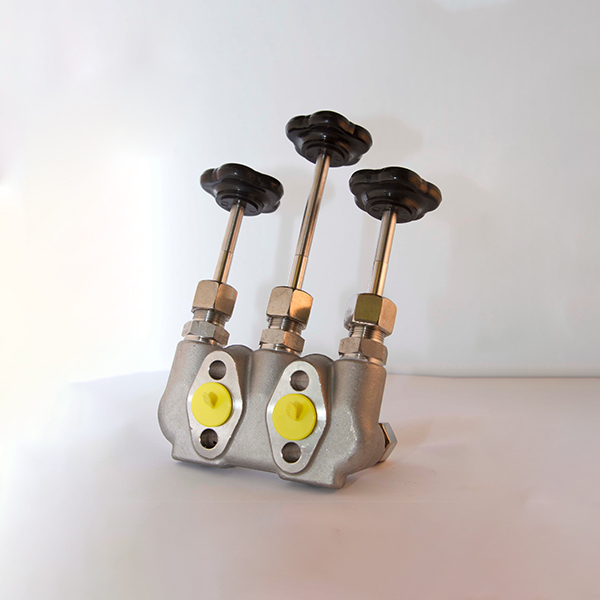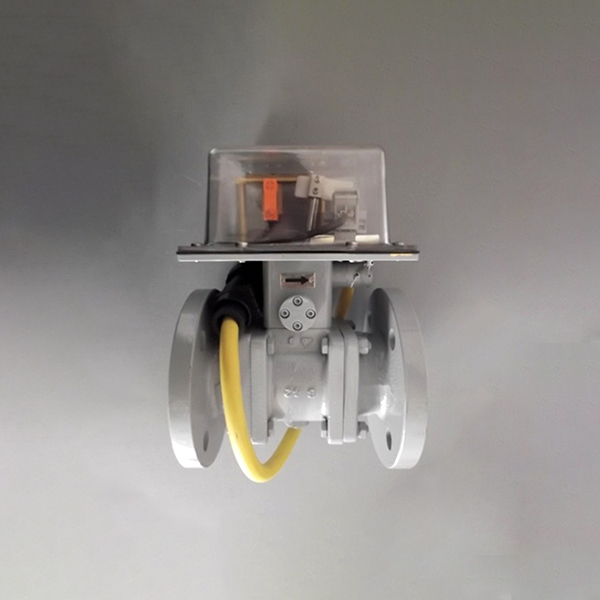Nozzles
Application
Nozzles are used as differential pressure devices to measure the flow of aggressive and non-aggressive gases, vapors and liquids. The pressure loss is lower compared to orifices. For this, higher measurement uncertainties must be expected in some cases. In terms of uncertainty and pressure loss, nozzles represent a middle ground between Venturi tubes and orifices.
Designs
There are basically three types of nozzles: ISA 1932 nozzles, long-radius nozzles and Venturi nozzles. Depending on the application, each design has its advantages. In the following we briefly present the three designs. All variants can be designed as single-flange nozzles or weld-in nozzles, see the relevant brochures on the right.

Standard nozzles DU 600 (ISA 1932)
Standard nozzles consist of a rounded inlet profile and a cylindrical neck section. The sampling is carried out via individual bores in the one-piece casing ring or via annular chambers in the two-piece casing ring.
Depending on the application, the measurement uncertainty is approx. 0.8% – 1.2% of the flow coefficient.

Long radius nozzles DU 600 LR
Long radius nozzles consist of an inlet profile, which corresponds to a quarter ellipse, and a cylindrical neck section. The sampling is carried out on the pipeline at a distance of 1D upstream of the nozzle and 0.5D downstream of the nozzle (D= inner pipeline diameter).
Depending on the application, the measurement uncertainty is approx. 2% of the flow coefficient.

Venturi nozzle DV 700
Venturi nozzles consist of a rounded inlet profile, a cylindrical neck section and a diffuser (outlet cone). The positive pressure tapping is normally carried out via a single tapping hole. The negative pressure tapping is normally carried out with four tapping holes which lead into a ring chamber/ring line.
Depending on the application, the measurement uncertainty is approx. 1.2% – 1.8% of the flow coefficient.
Further product information
Pressure tapping connection
Typical types of discharge nozzles are:
- smooth nozzles for screwed connections
- Welding spigots
- Threaded nozzles
- nozzles with flanges
- Weld-in versions
For high pressures and high temperatures, it is advisable to use a nozzle for welding in to prevent leaks. All three designs can be manufactured as weld-in variants. On request, pipe ends, usually provided, can also be welded on at the inlet and outlet. In this case, the weld seam is machined on the inside after welding in order to guarantee the requirements of the calculation standard for the pipe condition. For details see the brochures on the right.
Accessories
Nozzles can be equipped with shut-off valves and/or valve blocks. Condensate vessels are recommended for steam applications.
Similar products
- All
- Accessories
- Differential pressure devices
- Flow switches
- Pressure, temperature, and humidity measurement
Let us advise you individually!
Dosch Messapparate GmbH
Kamenz Dam 85
12249 Berlin
+49 30 7201530
vertrieb@dosch-gmbh.de





















